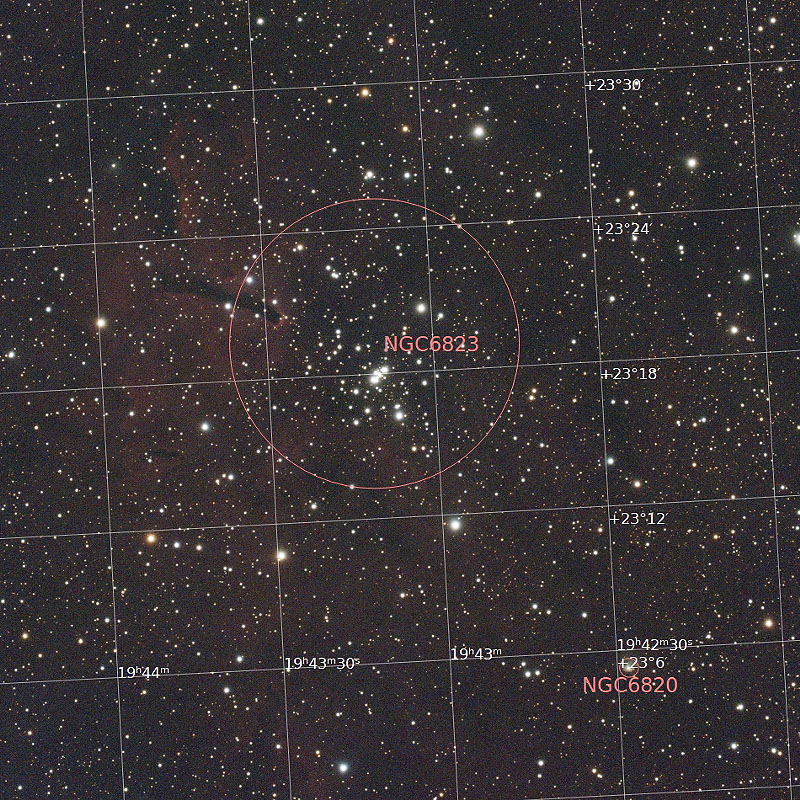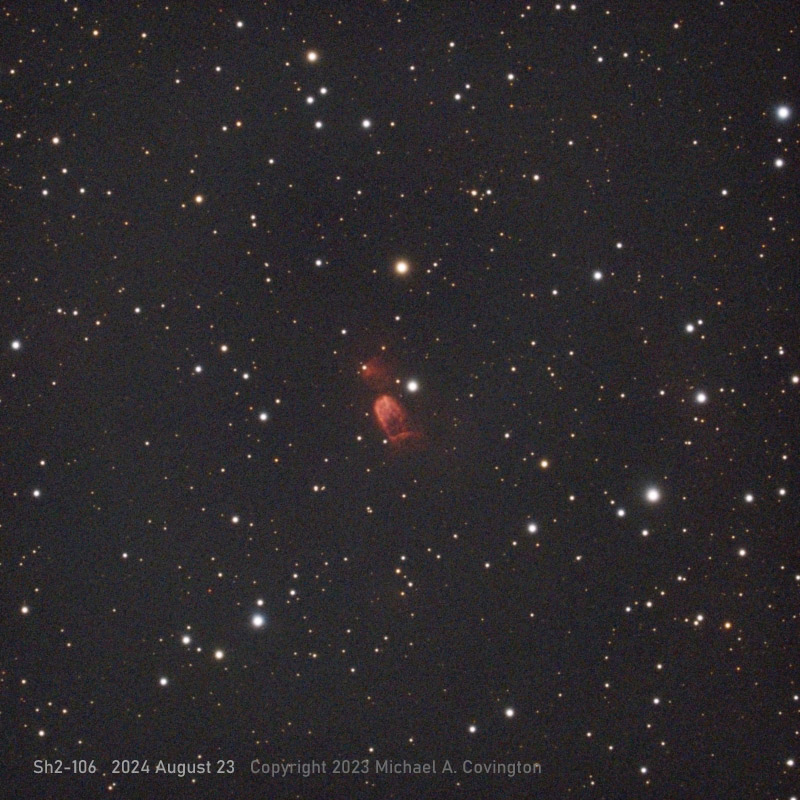|
Friend requests from fake accounts
Impersonation on Facebook
(UPDATED)
What do you do if you get a Facebook friend request from someone who is
already on your friends list? Or a friend complains that someone is
sending out fake requests in their name?
These are friend requests with the correct name and face picture, but they
connect to a page that has very little on it. A few pictures may be copied
from the victim's real page, but not much.
So what do you do? Even if this hasn't happened to you, I'm going to
tell you how to prevent it.
I know this seems long, but safety isn't optional, and you can't rely
on someone else to do these things for you. It's part of knowing how to drive
on the Information Superhighway. So here goes...
First, make sure it really happened (if it did).
I say this because there was at
one time a scam that involved telling people someone was sending out
fake friend requests in their name, when this wasn't actually happening.
But I haven't seen that scam lately.
Second, understand how it's done. If someone is sending out fake
friend requests with your name and picture on them, they haven't broken
into your account, and changing your password won't fix it.
Facebook allows anyone to set up an account with any name. The Internet makes
it easy to copy any picture that you see. So the scammer can go to your page
(much of which isn't visible to strangers), copy one or two pictures, and then
open up a new Facebook account with the same name and use those pictures on it.
Facebook doesn't confirm that people are who they say they are.
In my opinion, Facebook should detect this situation — same name and
same picture as an existing person — and block it unless they can confirm
that it's really the same person setting up a new account. But right now
they don't. That is why this problem has become so bothersome.
Third, understand why they do it and how to prevent it. They are wanting
to get in contact with your friends (to carry on some further scam).
So they only do this if they can find out who your friends are, in order to send
false requests to them and see how many they can hook.
In what follows I'm going to tell you how to hide your friends list from
public view so people will have no incentive to do this.
But first, if it has happened, what do you do next?
(0) Think before you announce. If you immediately post, "I've been hacked,
don't accept friend requests from me," at least make it visible to friends only,
not to the public. You don't want to tell the whole world your account is vulnerable
before you've tightened up security.
(0.5) Don't pay for "recovery services." The moment people find out you've
been impersonated or hacked, strangers will pop up saying you can pay them to recover
your account.
Three points.
— Does your account need recovering? You're using it now, aren't you?
You don't need someone to break into your account to regain access for you.
Maybe an impersonator needs to be gotten rid of, but that's not "recovery."
— These "recovery services" and "professional hackers" are scammers who will not fix your account,
but they'll get your payment information and misuse it. Don't give your credit card number to a
total stranger!
— These people are suspects. It's quite possible one of them did the impersonation
himself, to get you to pay him to fix it. That is the federal crime of extortion and I wish the FBI
would take an interest in it. Maybe they will.
Now back to what you should actually do:
(1) Go to the Facebook page of the fake account. There are two ways to get there.
You can click on the face picture in the fake friend request. (Or, if you accepted
the fake friend request, click on your new friend.)

Or you can search by name. In this case, click on the name itself
and not any specific people who show up with face pictures.
Some fake accounts may not be findable this way.

This will take you to a menu of people who use that name. If the impersonating
account is visible, you will see 2 accounts with the same picture: your real
friend and the faker. The faker is the one with fewer friends, often almost none.
From there, click on the faker.

(2) On the faker's Facebook page, click on the 3 dots. Follow the menus and report
the account as fake.

In the past, I found that Facebook would usually take down a fake account within minutes,
making all friend requests from it disappear.
Lately, they are not reacting as quickly, and I'm not sure why.
NOTE: You will often get a message from Facebook that the impersonator
"was not violating community standards," and yet Facebook will take down the impersonating
account shortly afterward, especially if it was reported more than once.
Getting several friends to report the problem at the same time helps.
(3) One last bit of clean-up: If you have accepted a friend request from a faker,
unfriend them.
How to keep people from impersonating you
and make Facebook safer for yourself and all your friends
Here's how to prevent impersonation. But see also three more tips at the end.
The reason people impersonate you is that they can see your friends list.
So can people who get you to share bogus postings so they can get your
Facebook contact information. Here is how to protect yourself.
(1) If you have accepted a fake friend request, unfriend them. They have access to
all your other friends until you do!
(2) Even if you've never had any problems, make your friends list private as follows,
so it won't attract impersonators or other people wanting access to it.
You are doing your friends a favor when you do this! You are
protecting them from getting scams and spams from people who would have found them
through you.
(a) Click on your own picture at the upper right of your Facebook screen.
(Here I'm showing you mine.) Choose "Settings & privacy."

(b) In the next menu, choose Privacy Checkup.

(c) Choose Who Can See What You Share and click Continue.

(d) Scroll through all the settings and think about them, but especially,
scroll down to the last two, and set them to "Only Me."

There! You're considerably safer from impersonators now.
NOTE: Facebook will eventually make changes to these menus.
What you see in a few months or years may not match these pictures exactly.
Don't give up; everything is still there, even if rearranged.
Three more important tips:
— To keep your password from being cracked, enable two-factor authentication.
Click here to find out how.
When that is done, even if someone gets your password, they won't be able to use it
unless they also have your smartphone.
— Download a backup copy of everything you have on Facebook.
That way, if the worst happens, and you have to close your whole account, you will
have all the material to post on your new account.
Click here to see Facebook's help page about how to do this.
The resulting file may be very large, but you can burn it to a DVD or put it
on a jump drive so it doesn't occupy space on your hard disk or SSD.
— If you are well known, consider joining the Verified By Meta program.
It costs $12 a month, which strikes me as high, but I'm considering it myself.
What I would get is extra protection against impersonation, access to Facebook support,
and a blue checkmark that shows people my account is genuine.
This used to be offered free of charge to public figures, and maybe it still is.
If it were $12 a year, it would sell like hotcakes.
Click here for more information
(and also here).
Permanent link to this entry


|

























